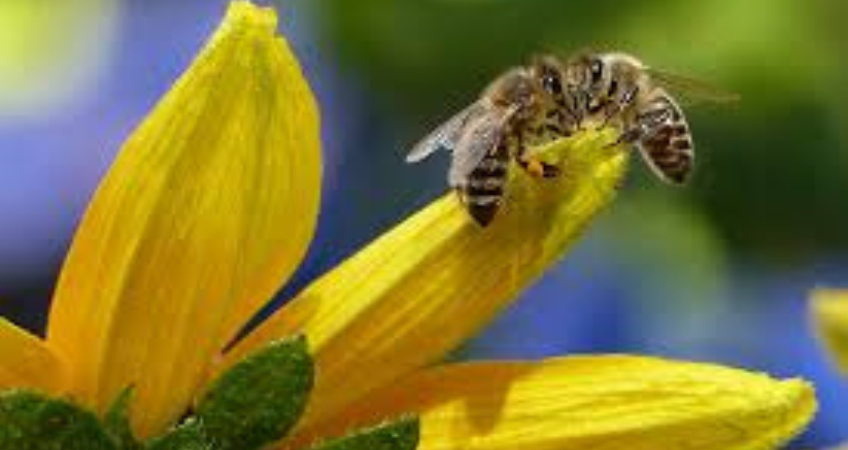Pollinator Friendly Gardening: How to Help Bees, Butterflies, and Other Pollinators Thrive in Your Backyard
As concerns over habitat loss, climate change, and pesticides continue to mount, it’s clear that many of the wild bugs and birds we rely on for pollination are in trouble. But as a gardener, you can make a difference by creating a pollinator-friendly space in your own backyard.
To get started, it’s important to choose the right plants. While many brightly-colored flowers may be visually appealing, they may not be as effective at providing food for pollinators. Instead, opt for native plants that have been proven to attract bees, butterflies, and hummingbirds. Some great native options include asters, poppies, goldenrod, and sunflowers for perennials, and alyssum, marigolds, snapdragons, and zinnias for annuals.
But it’s not just about the plants you choose – the layout and design of your garden can also make a big impact. Providing access to water, shade, and wind breaks can help make your garden a more comfortable and hospitable place for pollinators. Additionally, try to create a diverse range of flowering plants that bloom at different times throughout the season to ensure a continuous food source for pollinators.
It’s also worth noting that not all pollinators are bees – butterflies, hummingbirds, and even beetles can all play important roles in pollination. By planting a variety of flowering plants, you can attract a diverse range of pollinators to your garden.
If you’re a beekeeper, it’s important to remember that honey bees have a range of up to 5,000 meters, so a few well-placed flowers in your backyard probably won’t make a big difference to their foraging habits. Instead, focus on creating a pollinator-friendly space that will benefit the many other species of pollinators that have smaller ranges and may be more affected by changes in their local environment.
Overall, creating a pollinator-friendly garden is a simple and rewarding way to make a positive impact on the health of our planet’s ecosystems. By choosing the right plants and creating a hospitable environment, you can do your part to help bees, butterflies, and other pollinators thrive.
If you reader you should read book called Pollinator Friendly Gardening that provides information on how to create a garden that is attractive and helpful to pollinators such as bees, butterflies, and hummingbirds. The book includes lists of native plants that are attractive to pollinators, as well as information on the relationship between plants and pollinators, and the importance of creating a friendly habitat for these creatures. The book also includes information on the ecology of the garden and the symbiotic relationship between bees and flowers, and features Q&A’s with experts in the field. Despite some factual errors in some of the inset factoid boxes, the book is overall a useful and attractive resource for gardeners interested in creating a pollinator-friendly space.

